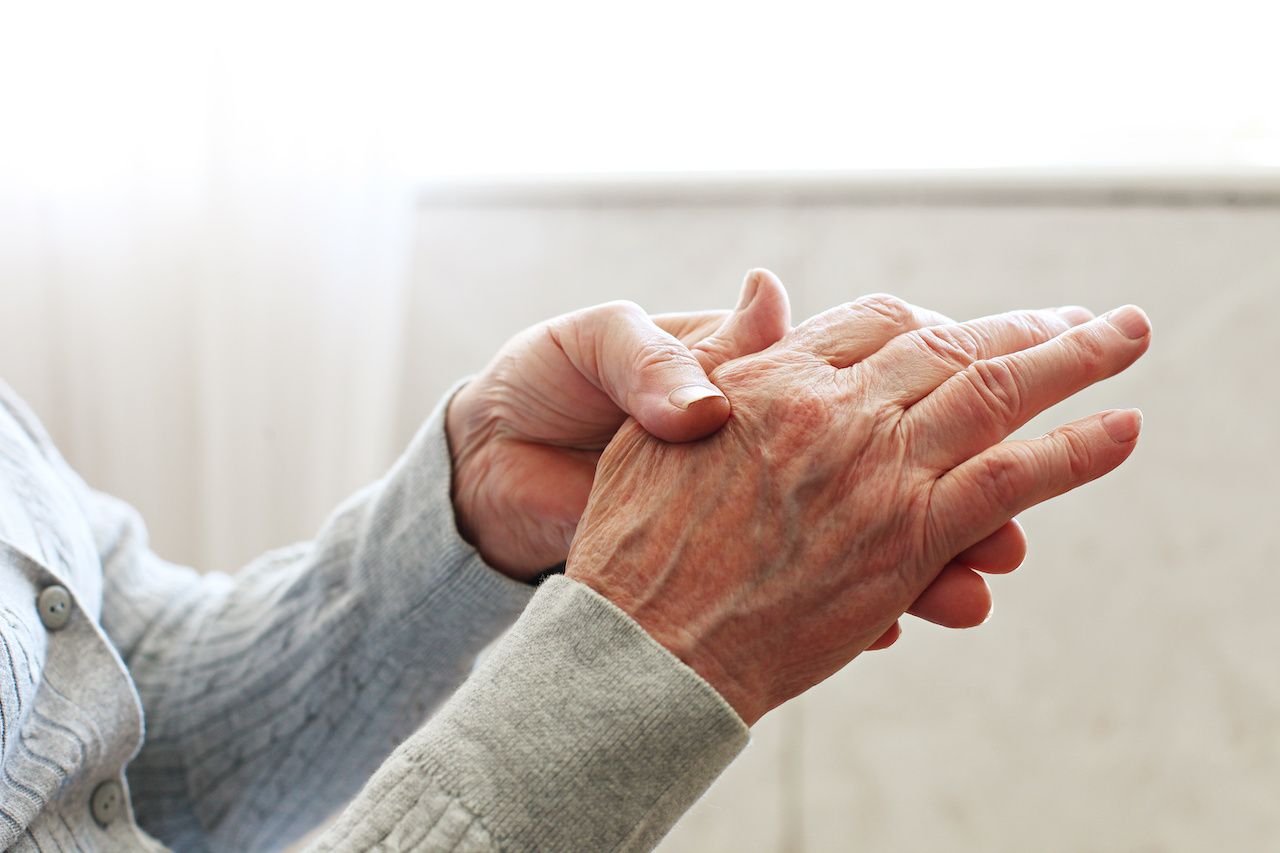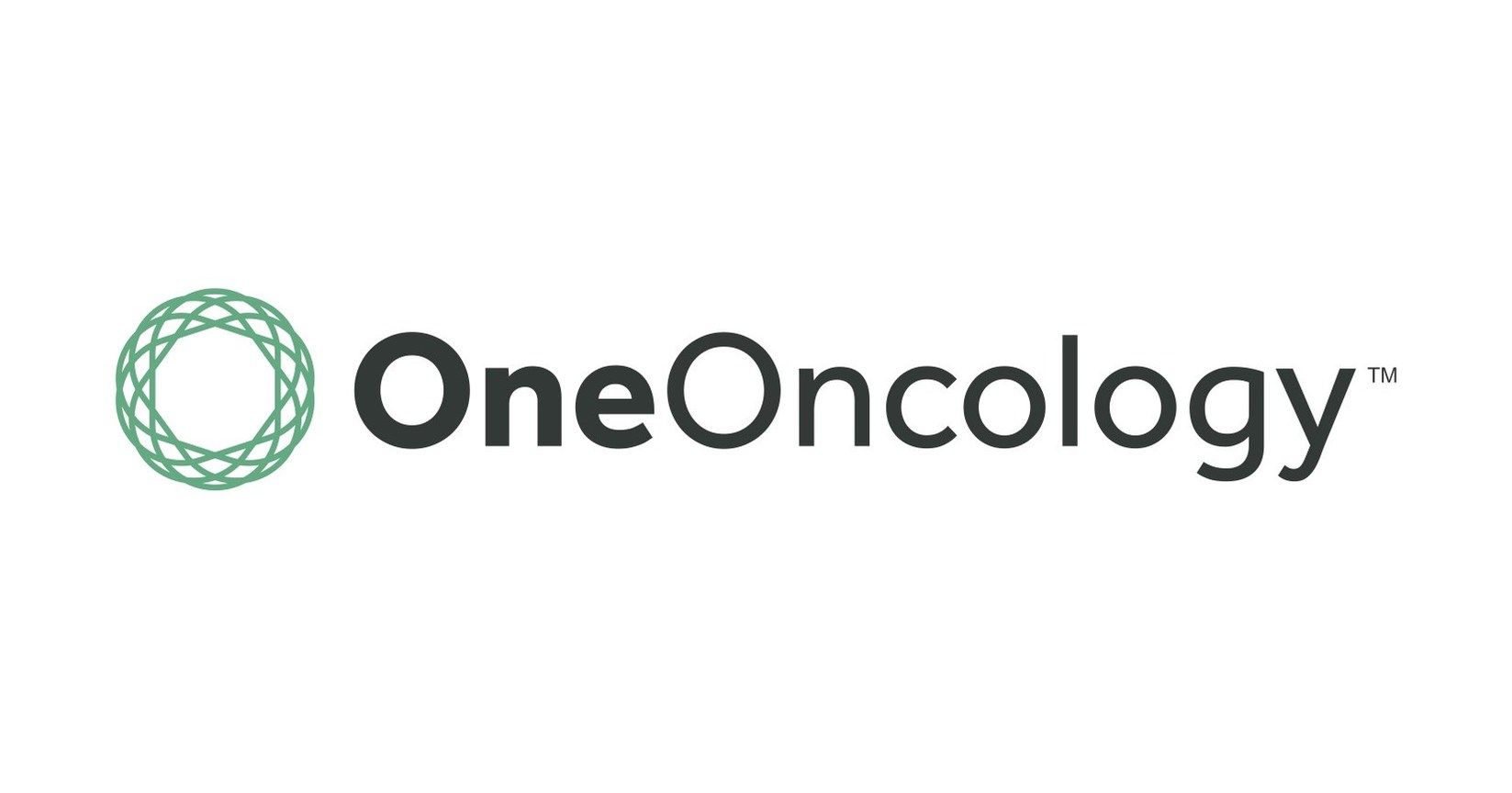Article
Study Details Severity of Rare Inflammatory Disease Afflicting Children in COVID-19 Pandemic
Author(s):
Reports of children contracting—and occasionally dying—from a rare inflammatory disorder associated with coronavirus disease 2019 (COVID-19) have prompted concern, as the disease has so far largely spared pediatric populations. But a new study from Italy indicates that the disorder associated with COVID-19 is more severe than the type known before the pandemic.
Reports of children contracting—and occasionally dying—from a rare inflammatory disorder associated with coronavirus disease 2019 (COVID-19) have prompted concern, as the disease has so far largely spared pediatric populations.
But as of Tuesday, more than 100 children in 14 states have contracted what, for now, is being called pediatric multi-system inflammatory syndrome, or PMIS. In New Jersey, one of the states with the most confirmed cases of COVID-19, at least 30 children have come down with the syndrome and at least 11 have been hospitalized.
And a new study from Italy indicates that the disorder associated with COVID-19 is more severe than the type known before the pandemic.
According to the CDC, pediatric populations are contracting COVID-19 at lower rates than adult populations. In addition, an early study on characteristics of children admitted to intensive care units for COVID-19 in the United States and Canada confirmed “severe illness is less frequent, and early hospital outcomes in children are better than in adults.”
Despite these findings, increased cases of PMIS have state health officials actively investigating this new pandemic factor, which may inhibit the country’s efforts to return to a normal school schedule in the fall.
A CDC spokesperson said Wednesday an alert will likely go out Thursday via the Health Alert Network, warning doctors to be on the lookout for symptoms of PMIS in children. The CDC said it is working with the Council of State and Territorial Epidemiologists and other domestic and international partners to better understand the syndrome and develop a case definition to keep track of PMIS.
Symptoms of PMIS can include inflammation in the skin, eyes, blood vessels and heart, irritability, sluggishness, along with fever, rash, swollen lymph nodes and abdominal pain, according to a fact sheet from New York City's health department. But the condition “is so new that there are still many unanswered questions about how and why it affects children,” The New York Times has noted.
Although not identical, symptoms of PMIS resemble those of a rare childhood illness called Kawasaki disease, which predominately affects children under the age of 5. Experts stress the syndrome is rare and that children remain minimally affected by COVID-19 infection overall.
However, an observational cohort study published today in The Lancet offers the first detailed reports of 10 children from the Bergamo province of Italy who exhibited symptoms of PMIS. The province has the highest rate of infections and deaths from COVID-19 in Italy and is one of the worst affected regions in the world.
Researchers carried out a retrospective review of patient records from all 29 children admitted to their pediatric unit with symptoms of Kawasaki disease from January 1, 2015 to April 20, 2020. They then compared symptoms and characteristics of children prior to the COVID-19 outbreak (group 1) with those admitted to the hospital after the pandemic began (group 2).
Children in the second group had evidence of immune response to the virus, were older than those typically seen with Kawasaki disese, had a higher rate of cardiac involvement, and had features of macrophage activation syndrom (MAS). In addition, there was a 30-fold increased incidence of Kawasaki disease in the region after the pandemic began.
“Only 19 children had been diagnosed with [Kawasaki] in that area in the 5 years up to the middle of February 2020, but there were 10 cases [of Kawasaki-like disease] between 18 February and 20 April 2020,” authors write. All of the children in the study recovered.
Investigators have yet to determine an exact cause for Kawasaki disease, but the condition is thought to be an abnormal immune overreaction to an infection.
In the study, group 1 consisted of 19 children, with an average (SD) age of 3 (2.5) years, diagnosed between January 1, 2015 and February 17, 2020.
Group 2 was made up of 10 patients, with an average (SD) age of 7.5 (3.5) years, diagnosed between February 18 and April 20, 2020. Antibody tests revealed 8 of the 10 patients in this group tested positive for COVID-19. Overall, monthly incidence of the disease was “at least 30 times greater than the monthly incidence of the previous 5 years and has a clear starting point after the first case of COVID-19 was diagnosed in our area," authors said.
Typically, around a quarter of children infected with Kawasaki disease experience cardiac complications and the condition is rarely fatal if treated appropriately in a hospital. But in their study, researchers detailed the severity of the cases diagnosed after the pandemic, compared with the previous 5 years:
- 60% (6/10 cases) had heart complications (abnormal echocardiograms), compared with 10% of those treated before the pandemic (2/19 cases) (P = .0089)
- Half of the children in group 2 (5/10) had signs of toxic shock syndrome, compared with none before the pandemic
- All patients before and after the pandemic received immunoglobulin treatment, but 80% of children during the outbreak (8/10) required additional treatment with steroids, compared with 16% of those in group 1 (4/19) (P = .0045)
- Group 2 had a significantly lower white cell count, lymphocyte count, and platelet count compared with group 1
- Fulfilment of criteria for Kawasaki disease shock syndrome (KDSS) and MAS was found in 5 (50%) of 10 patients in group 2, and in none of the patients in group 1 (P = .021)
- Seven (70%) patients in group 2 met the criteria for a Kobayashi score of 5 or more (indicating risk of resistance to intravenous immunoglobulin treatment), compared with 2 (10%) of 19 patients in group 1 (P = .0021)
Taken together, these findings represent a strong association between an outbreak of COVID-19 and an inflammatory condition similar to Kawasaki disease in the Bergamo province of Italy; larger studies are needed to confirm the association.
“It is crucial to reiterate—for parents and health-care workers alike—that children remain minimally affected by SARS-CoV-2 infection overall,” writes Russell Viner, president of the Royal College of Pediatrics and Child Health, in an accompanying comment.
Understanding the inflammatory phenomenon may provide vital information about immune responses to COVID-19. “In particular, if this is an antibody-mediated phenomenon, there might be implications for vaccine studies, and might also explain why some children become very ill with COVID-19, while the majority are unaffected or asymptomatic,” Viner said.
In the past, viruses of the coronavirus family have been proposed as possibly implicated in the pathogenesis of Kawasaki disease, researchers explain, adding “the coronavirus family might represent one of the triggers of Kawasaki disease, SARS-CoV-2 being a particularly virulent strain able to elicit a powerful immune response in the host.”
Authors stress the complication remains very rare and that most infected children, if they receive appropriate hospital care, will make a complete recovery.
“In our experience, only a very small proportion of children infected with SARS-CoV-2 develop symptoms of Kawasaki disease,” said Annalisa Gervasoni, MD, an author of the study and pediatric specialist at the Hospital Papa Giovanni XXII in Bergamo, Italy. “However, it is important to understand the consequences of the virus in children, particularly as countries around the world grapple with plans to start relaxing social distancing policies.”
Reference
Verdoni L, Mazza A, Gervasoni A, et al. An outbreak of severe Kawasaki-like disease at the Italian epicentre of the SARS-CoV-2 epidemic: an observational cohort study [published online May 13, 2020]. Lancet. doi:10.1016/ S0140-6736(20)31103-X.




